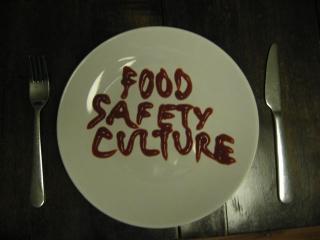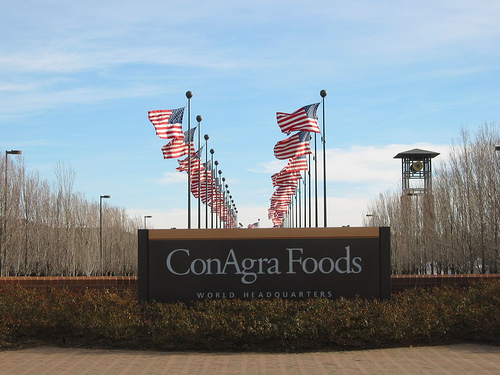
Most of the stuff I’ve worked on in the past ten years has something to do with evaluating and supporting food safety culture. bites, barfblog, infosheets and reality-based research are all about providing information to make risk-based decisions and assessing where there might be gaps.
The ultimate goal is less sick people.
But as one of my mentors Gord Surgeoner once told me, businesses wont pay attention to food safety unless it generates revenue or some how keeps them from losing money. Making people sick is bad business. So is spending money on training programs or handwashing signs if there isn’t a measurable return on investment.
I’ve been to lots of talks where smart food safety folks were supposed to present about their food safety culture, but really have only shared their training program requirements. And while maybe they are measuring it, no one talks about their return on investment.
In a paper published in 2011, Doug, Casey Jacob and I wrote:
Maintaining a food safety culture means that operators and staff know the risks associated with the products or meals they produce, know why managing the risks is important, and effectively manage those risks in a demonstrable way. In an organization with a good food safety culture, individuals are expected to enact practices that represent the shared value system and point out where others may fail.
Training is part of it. So is having some sort of verification that staff and supervisors are actually reducing risks. It’s pretty easy to point to a poor food safety culture – it’s more difficult to define a good one. But one of the indicators is the "dude wash your hands factor" – pointing out where others fail and modeling the right practice.
Conagra, one of the biggest food companies in North America, and source of a few foodborne illness outbreaks in the past few years, is trying to step up their internal assessment of food safety culture, and sharing it publicly.
In the January 2012 issue of Food Technology, the ConAgra food safety crew shared their approach to assessing their food safety culture (at least the self reported values part) and how they used the results to change the way they train and support good practices in their plants.
Administering a survey to all plant personnel—line workers as well as supervisors and management—is the first step in the assessment process. Having all employees take part in the survey is important, as it sets the stage for communicating that everyone contributes to the plant’s food safety culture and that food safety is everyone’s responsibility. The act itself of taking the survey increases awareness of the concept of food safety culture, gets people talking about food safety culture, and ultimately drives toward improvements.
Their main findings support the approach we use with much of our work – tell people about consequences (both positive and negative), help staff learn from past mistakes and appreciate a community with shared values:
1. Employee desire
• Both employees and leaders want food safety held up as an equal to personal safety, with both groups talking about the need to inspire employees around food safety.
• Participants said they specifically wanted to know more about lessons learned from food safety issues and incidents and how they would prevent future problems.
2. Teamwork
• Employees want to be able to rely on one another.
• Employees felt that there needs to be a good balance of supervisor responsibility and their own responsibility, but felt that at the end of the day, they are personally accountable.
3. Recognition
• Employees were proud of the plant’s food safety performance and understood that it deserved recognition. Recognition breeds motivation.
• Suggestions were made to reinstitute food safety and recognition committees to help drive engagement from the floor.
Great stuff, especially the recognition that surveys and focus groups are just the start (people tend to lie), I hope Conagra continues on this path, publishes this stuff in a peer-reviewed journal, shares some of their further assessments and market it to their customers
It would also be nice for others to know what ConAgra’s return on investment for food safety culture is.
.gif)
